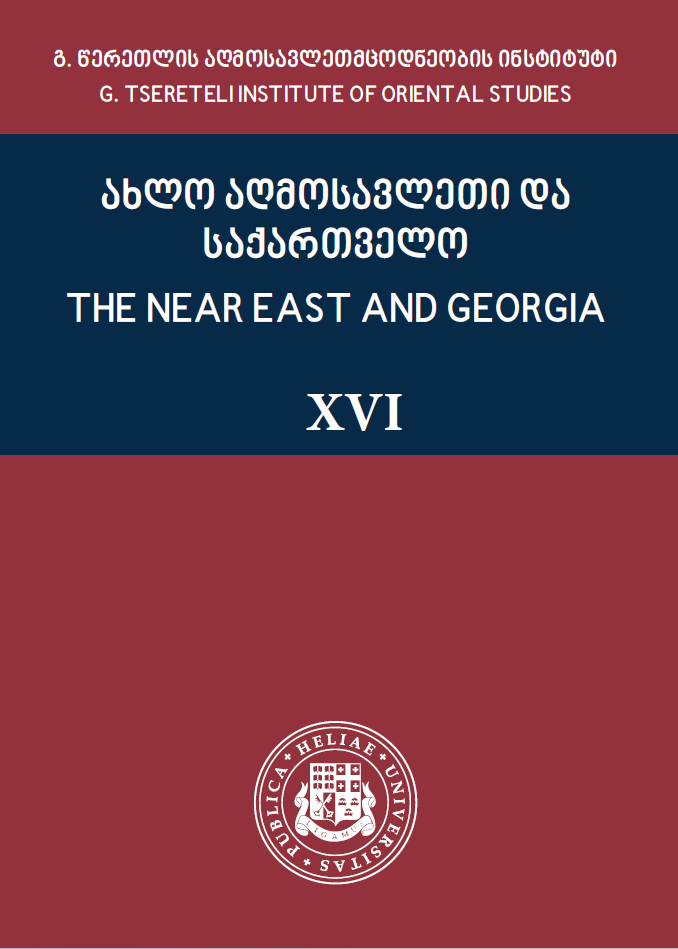The Mišūr of Pīr Khatīb Pisī: Its Study and Critical Analysis
DOI:
https://doi.org/10.32859/neg/16/192-226Keywords:
Yezidis, Mišūrs, Mišūr of the Pīr Khatīb Pisī, Yezidi tribesAbstract
The article provides an analysis of the Yezidi mišūrs, written records composed in Arabic. Its primary function is to establish a connection between particular murid tribes and specific factions within the ecclesiastical caste system, notably the pīrs. As Yezidism places substantial reliance on oral transmissions, these mišūrs assume a momentous role in facilitating a deeper comprehension of Yezidi religious beliefs and historical aspects.
The focus of this article centers on the Mišūr of the Pīr Khatīb Pisī, originally published in Iraq in 1994 and subsequently reprinted in its entirety in 2017. Moreover, an English translation of this work was made available. However, it's noteworthy that these publications contain numerous inaccuracies, particularly in the rendering of proper nouns, tribal designations, and geographical names. These errors are manifest in both the Arabic rendition and the English translation. This article serves the purpose of rectifying these discrepancies present in earlier versions of the Mišūr Khatīb Pisī, while also enhancing the understanding of its content. Furthermore, through a comprehensive analysis of the tribes, certain appellations pertaining to the pīrs are refined and clarified




